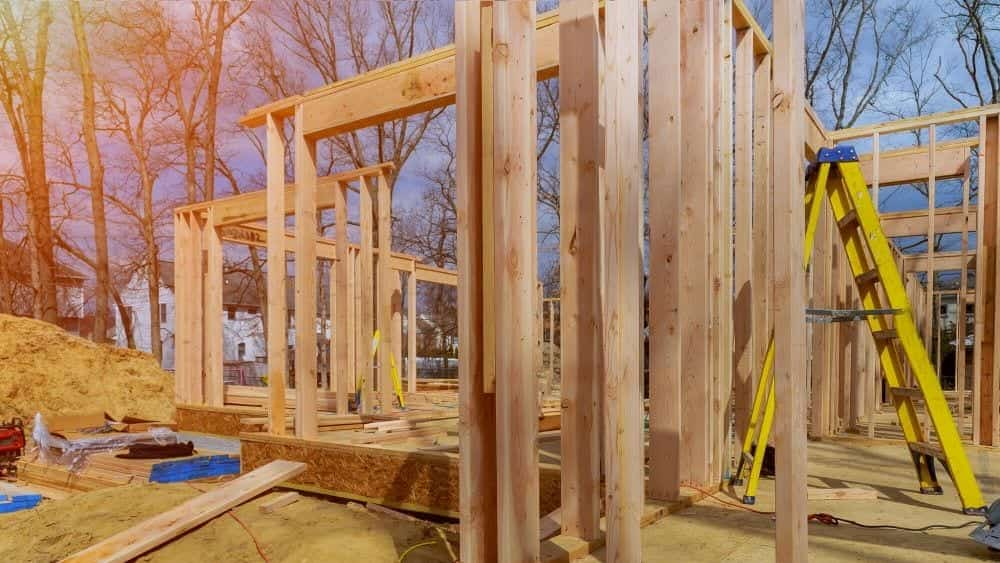As we step into 2024, the realm of new home building is progressing rapidly. Homebuyers are actively searching for new designs, eco-friendly solutions, and high-tech features that enhance convenience and comfort. Whether you're new to building or an experienced homeowner, understanding these emerging trends will be essential for making informed decisions throughout the construction journey.
In this write-up, we will explore the important trends influencing residential building in 2024, offering insights into design, planning, resources, and finance. Starting with the benefits of energy-efficient homes to the discussion on custom builds versus ready-made designs, we will offer a detailed overview that helps you to create your dream home. Stay with us as we investigate the fantastic prospects that await you in the next era of home construction.
Comprehensive Guide to Building a New House
Constructing a fresh home can be a exciting yet overwhelming task. The initial step involves detailed preparation and organization, which begins with establishing your financial plan and determining your specific needs. This entails selecting a suitable lot, identifying your preferred attributes, and creating a timeline for the entire task. Researching various contractors or builders is also crucial at this stage, as they will play a major part in realizing your vision to life.
After you have a clear strategy, the next phase is to complete your design and obtain the required permits. Engaging an architectural designer can turn out beneficial for creating a customized floor plan that matches both your lifestyle and budget. It is crucial to understand local zoning regulations and construction codes to confirm your plans comply. With approvals granted, your builder can start the building phase, which will involve site preparation, laying the foundation, and framing the building.
When the construction progresses, you will need to stay proactively involved by talking with your contractor and making decisions regarding materials and interior finishes. Builder in the Southern Highlands will help you monitor the work and tackle any concerns that come up. Once https://posteezy.com/eco-friendly-features-consider-modern-home-building is finished, a last review and walk-through will confirm everything satisfies your standards before the exciting moving day. This step-by-step method will assist simplify the procedure and make your dream house a reality.

Financing Your Future Home Construction
When it comes to financing your future home build, knowing your choices is crucial. Many builders offer a range of financing options, including building loans, which are designed to finance the expenses during the building phase. These financing options usually transition to a traditional mortgage after the building is finished, making them a practical choice. It is essential to research different lenders and evaluate their rates, terms, and requirements to find the most suitable option for your financial situation.
Budgeting for your future home build also requires accounting for unexpected costs. Hidden costs can arise during the building process, including additional permits, site preparation, and changes in material prices. By allocating a contingency fund, typically around 10 to 15 percent of your total cost, you can help protect yourself against these unexpected costs and make sure that your project stays within budget monetarily.
Finally, understanding how to get approved for a building loan is a crucial step for novice builders. Lenders will assess your creditworthiness, income, and current debts. To improve your chances of getting approved, it’s helpful to maintain a good credit score and gather all required documentation, such as income statements and asset information. Being well-prepared will make the financing process smoother and allow you to concentrate more on turning your ideal home to life.
A Building Process and Final Touches
The building procedure of a new home is split into various separate stages, each playing a crucial role in realizing your vision to reality. It starts with site preparation, where the is cleared and footings are laid. Next, the framework structure is built, which includes walls, roofs, and floors. It's essential to stay informed about the timeline and to maintain communication often with your builder to monitor advancements. Each phase has its specific challenges, but understanding what to anticipate can help ensure a smoother experience.
When the building nears completion, the focus shifts to finishing and final details. This phase involves putting in fixtures, floor coverings, and cabinets, as well as applying paint and other aesthetic improvements. It's crucial to keep an eye on quality and craftsmanship during this phase, as these factors can greatly influence the overall appearance and functionality of your house. Furthermore, you may consider to begin discussing outdoor design options to create an inviting outdoor space that complements your new home.
Prior to moving in, carrying out a thorough check is vital to address any issues that may have occurred during the building process. This involves a final walkthrough to make sure everything meets your expectations and adheres with regulatory standards. Double-checking all utilities, such as the plumbing, the electrical systems, and HVAC, can help you prevent potential complications. After all inspections finished and the final details installed, you can with assurance move into your new residence, ready to create lasting memories.
